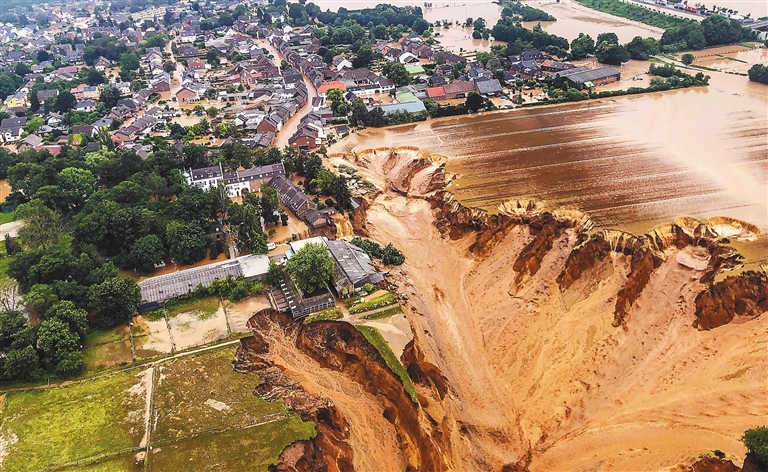
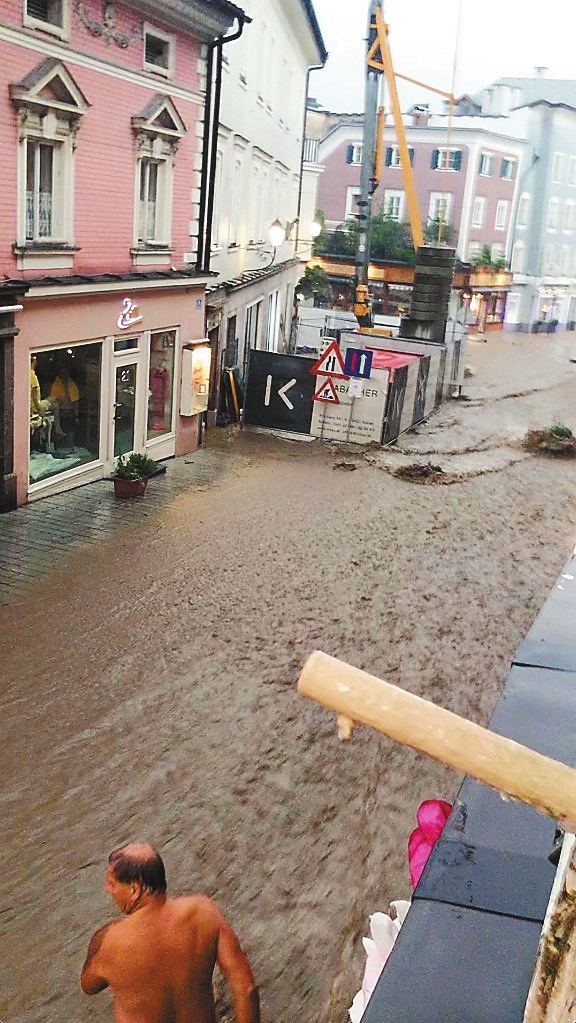
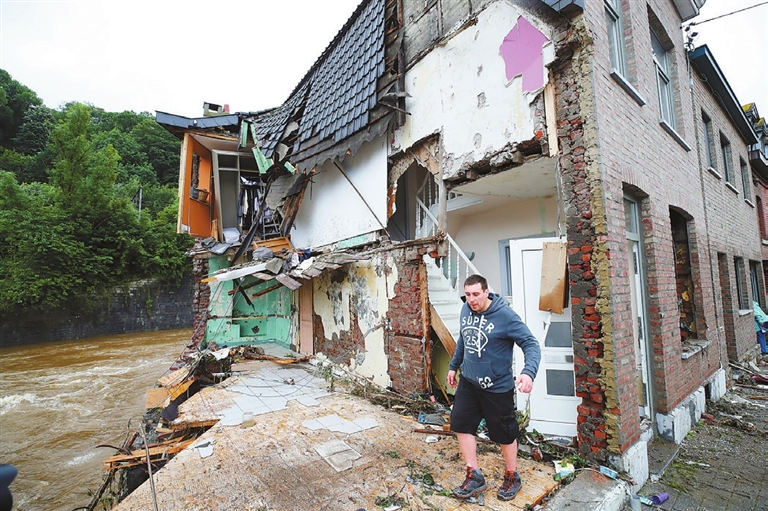
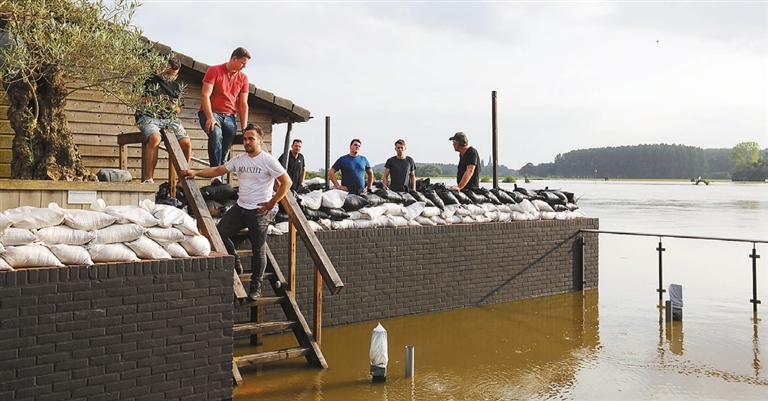
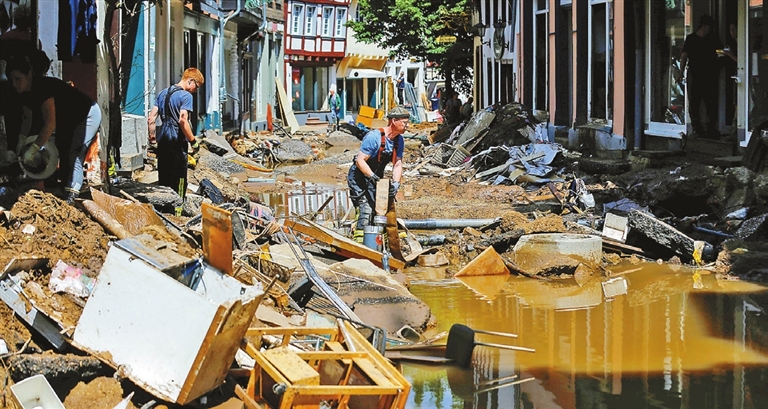
AS entire communities lie in ruins after swollen rivers swept through towns and villages in Western Europe, experts said the ferocity of the rainfall and failure to heed warnings about its arrival were likely responsible for the high number of deaths. At least 188 people have been killed in the flash flooding and thousands more are missing in Germany and Belgium in the flooding that has been described by German Chancellor Angela Merkel as “terrifying.” Cellphone networks have collapsed in some regions, leaving people unable to track down their loved ones. Luxembourg and the Netherlands were also hit with heavy downpours. “Very sadly, we see by the death toll and we see by the somewhat slow response that it took many people by surprise,” said Ilan Kelman, a professor of disasters and health at University College London in the U.K. This despite there being “several days’ warning beforehand that there could be major danger to life from flooding,” he added. Claire Nullis, a spokesperson for the World Meteorological Organization, said reports were coming in that some people had not heeded the warnings. “Others were surprised by the sheer scale of the rainfall,” she said. Some parts of Western Europe received up to two months’ worth of rainfall across Wednesday and Thursday on ground that was already saturated, the WMO said. The German national meteorological service, DWD, reported about 4 to 6 inches (100-150 mm) of rainfall in that 24-hour period. “It’s something that we are not accustomed to in Europe,” Nullis said. “Rainfall like that is something you see in tropical countries.” Had the rainfall been spread over the course of weeks, the affected areas would probably have been able to cope, according to Kathryn Prociv, a meteorologist for NBC News. Instead, she said they had been hit by what meteorologists have been calling a “one in 100-year event.” Prociv said that the storm system that created the rain “was a stalled area of low pressure,” known as a “traffic jam” or a “blocking pattern.” Whether the affected regions and the people living in them had the “resources or opportunities” to act before the deluge was questionable, Kelman said. “Some people want to avoid being in close contact with others because of the pandemic,” he said. This would raise questions for people about where they would go and whether they could afford to leave, he added. Other people, particularly those with disabilities, might not have had the support systems in place to help them leave, he said. Some might not have been aware they were living on flood plains, he added. Kelman, Prociv and the WMO all linked the storms to climate change. “A warming atmosphere can hold more water,” Prociv said. “So with climate change, there is more water up there to get rained out.” After the heat wave in the U.S. earlier this month, it took scientists several days to conclude that it was likely the result of “human-caused climate change,” Kelman said. Jean Jouzel, a climatologist and former vice president of the Intergovernmental Panel on Climate Change (IPCC), said scientists will now have to analyze the event to determine precisely why it happened. “Science takes time, but I believe we will have an answer soon enough,” he said. (SD-Agencies) | 
